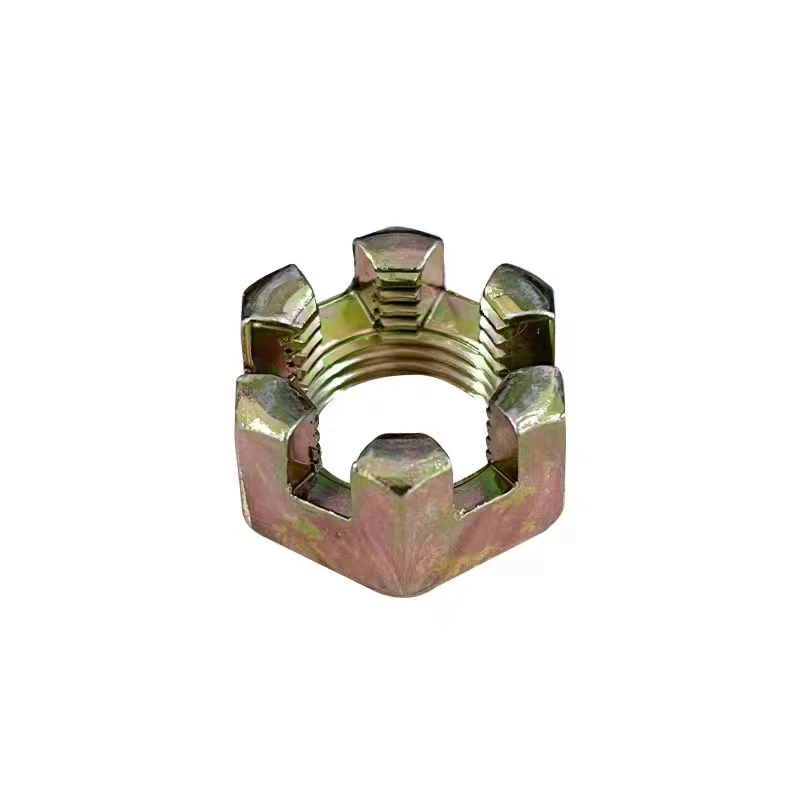

Understanding the Benefits and Applications of Self-Tapping Ground Screws in Various Projects
Oct . 21, 2024 04:16 Back to list
Understanding the Benefits and Applications of Self-Tapping Ground Screws in Various Projects
Understanding Self-Tapping Ground Screws A Comprehensive Overview
In today’s construction and engineering landscape, innovative fastening solutions play a crucial role in ensuring stability, durability, and efficiency. Among these solutions, self-tapping ground screws have gained popularity due to their versatility and ease of installation. This article aims to explore the key features, benefits, applications, and installation process of self-tapping ground screws, providing a well-rounded understanding of this essential component.
What are Self-Tapping Ground Screws?
Self-tapping ground screws are specialized fasteners designed to anchor structures into the ground without requiring pre-drilled holes. They are characterized by their unique spiral design, which allows them to bore into the earth as they are driven in. This design reduces the need for excavation and the use of traditional concrete footings, making them an efficient and environmentally friendly option for various applications.
Key Features and Benefits
1. Ease of Installation One of the primary advantages of self-tapping ground screws is their straightforward installation process. Without the need for complex tools or heavy machinery, these screws can be installed by hand or with a power tool, making them accessible to both professionals and DIY enthusiasts.
2. Time-Saving Traditional anchoring methods can be time-consuming, requiring site preparation, mixing concrete, and curing time. In contrast, self-tapping ground screws can be installed in a fraction of the time, allowing for quicker project completion.
3. Versatility These screws are suitable for a variety of soil types and conditions. They can be used in residential, commercial, and industrial applications, including the installation of fences, decks, solar panels, and even temporary structures.
4. Eco-Friendly By eliminating the need for excavation and concrete, self-tapping ground screws minimize environmental disruption. They can be easily removed and reused, making them a sustainable choice for anchoring solutions.
5. Durability Made from high-quality materials such as galvanized steel, self-tapping ground screws are resistant to corrosion and can withstand harsh weather conditions. Their robust design ensures long-lasting performance even in challenging environments.
Applications
Self-tapping ground screws have a wide range of applications. They are commonly used in
self tapping ground screw

- Fencing Providing stable and secure foundations for fences without the need for concrete bases. - Decks and Patios Quick and reliable anchoring solutions for outdoor structures. - Solar Panel Mounting Ideal for solar energy installations, offering a stable and adjustable base without damaging the landscape. - Temporary Structures Perfect for events, exhibitions, and other temporary setups that require minimal site disturbance. - Signage and Billboards Efficient support for outdoor signs, ensuring stability and visibility.
Installation Process
Installing self-tapping ground screws is a relatively simple process that can be broken down into a few essential steps
1. Site Assessment Before installation, evaluate the site to ensure it is free from underground utilities and assess soil conditions.
2. Choosing the Right Screws Select self-tapping screws that fit the specific application, considering factors like length, diameter, and load capacity.
3. Marking Locations Clearly mark the spots where the screws will be installed, ensuring proper spacing and alignment.
4. Driving in the Screws Using a power drill equipped with a suitable bit or a manual ratchet, drive the screws into the ground. The screw will bore into the soil, creating a secure anchor as it is inserted.
5. Checking Stability After installation, ensure that the screws are flush with the ground and check their stability by applying pressure or performing a load test if necessary.
6. Final Adjustments If needed, make any adjustments to ensure the screws are positioned correctly for the intended application.
Conclusion
Self-tapping ground screws represent a modern solution for anchoring in various construction and landscaping projects. Their ease of installation, versatility, and eco-friendliness make them an attractive option for both small and large-scale applications. As the demand for efficient and sustainable building practices continues to grow, self-tapping ground screws are likely to remain a prominent choice for engineers, contractors, and DIY enthusiasts alike. By understanding their features and applications, stakeholders can leverage this innovative fastening solution to enhance project efficiency and effectiveness.
Latest news
-
High-Strength Hot Dip Galvanized Bolts - Hebei Longze | Corrosion Resistance, Customization
NewsJul.30,2025
-
Hot Dip Galvanized Bolts-Hebei Longze|Corrosion Resistance&High Strength
NewsJul.30,2025
-
High-Strength Hot-Dip Galvanized Bolts-Hebei Longze|Corrosion Resistance&High Strength
NewsJul.30,2025
-
Hot Dip Galvanized Bolts-Hebei Longze|Corrosion Resistance&High Strength
NewsJul.30,2025
-
Hot Dip Galvanized Bolts - Hebei Longze | Corrosion Resistance, High Strength
NewsJul.30,2025
-
High-Strength Hot Dip Galvanized Bolts-Hebei Longze|Corrosion Resistance, Grade 8.8
NewsJul.30,2025

